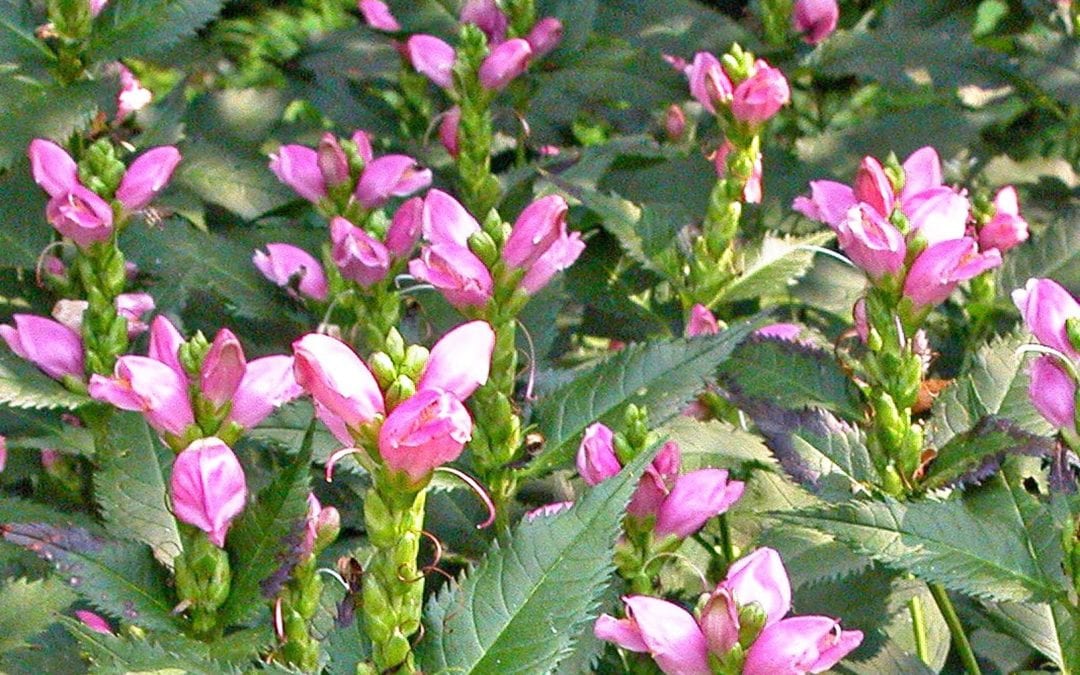For many gardeners, Labor Day marks the end of summer and the beginning of the autumn lawn care season. Cooler temperatures and more regular rainfall make the fall an excellent time to start a new lawn or repair an existing one. The still-warm soil speeds up seed germination while the cooler air aids growth and development. And though the long range forecast for the Madison area is predicting that low temperatures won’t be dropping much below 50 degrees until the end of the month, you’ll want to get your seed down soon to decrease winter damage.
If your existing lawn is looking a little tired, consider doing some aerating or de-thatching, followed by a late season fertilizer. This will stimulate root growth and help to lessen the problems that weak, less vigorous lawns may develop over the winter months.
Fall is also great time for weed control. The chemicals can be more effective and the actively growing grass will soon fill in the empty spaces. You may need a second application in October for stubborn weeds like violets, but it is best to wait until after the first frost to treat Creeping Charlie.
These golden evenings are perfect for strolling through your neighborhood to scout your friends’ fall perennial combinations. Consider planting Aster, Sedum, Japanese Anemones or Turtlehead in your own garden. Autumn is a great time to plant perennials. Just make sure to water them regularly and consider topping with a light mulch of marsh hay once the ground has frozen to prevent heaving.
Finish any transplanting or dividing of your perennials as soon as possible. You’ll want the plants to have plenty of time to re-establish before the ground freezes. And stop deadheading any plants that you want to develop seedpods for winter interest. Late summer and fall blooming perennials like Coneflowers, and many of the perennial grasses look fabulous in the snowy garden, and as a bonus, provide food for birds in winter residence.
Stop fertilizing and deadheading your roses now to allow the rosehips to develop. The shorter days are a signal to begin dormancy and feeding them now will interfere with that process. Put some bark mulch or clean topsoil in a handy place where it won’t freeze. You don’t need it yet, but you will. If you have tree roses, think about where they will be spending the winter. A cleaned out vegetable garden is a great place for digging in slumbering tree roses.
Plant any new evergreens as soon as possible. Evergreen plants don’t go completely dormant, and we like to give them as much time to establish new roots as possible. Commit to soaking the roots once a week until the ground freezes. In our area, that could be as late as mid December.
Deciduous trees and shrubs can be planted into mid November. Again, watering is the key. Make a promise to your plants and don’t slack off. Adequate watering is the single, most important thing that you can do to ensure winter survival of establishing plants.
It’s too soon to do much pruning, as it may stimulate new growth that won’t be able to harden before winter. Wait until after Thanksgiving to prune deciduous trees and shrubs. Pruning evergreens is a job that should be put off until next June or July. Don’t despair though, you have plenty of other things to do.

